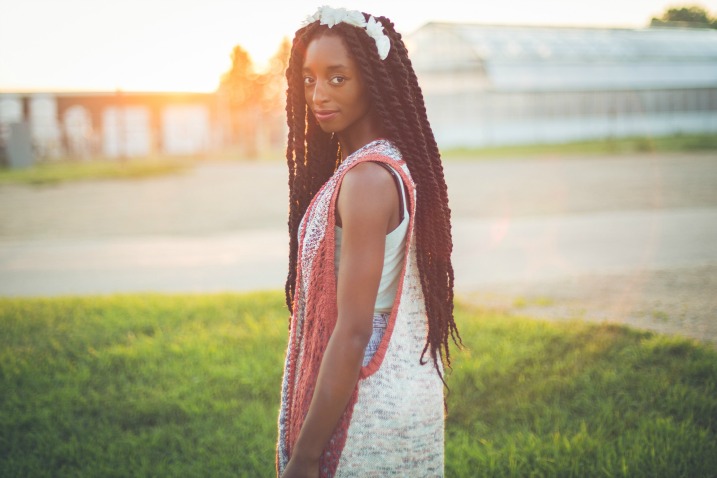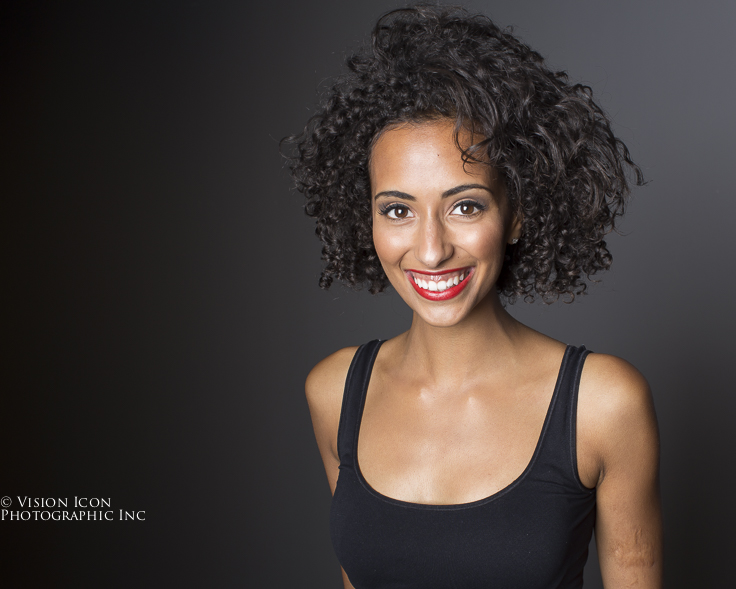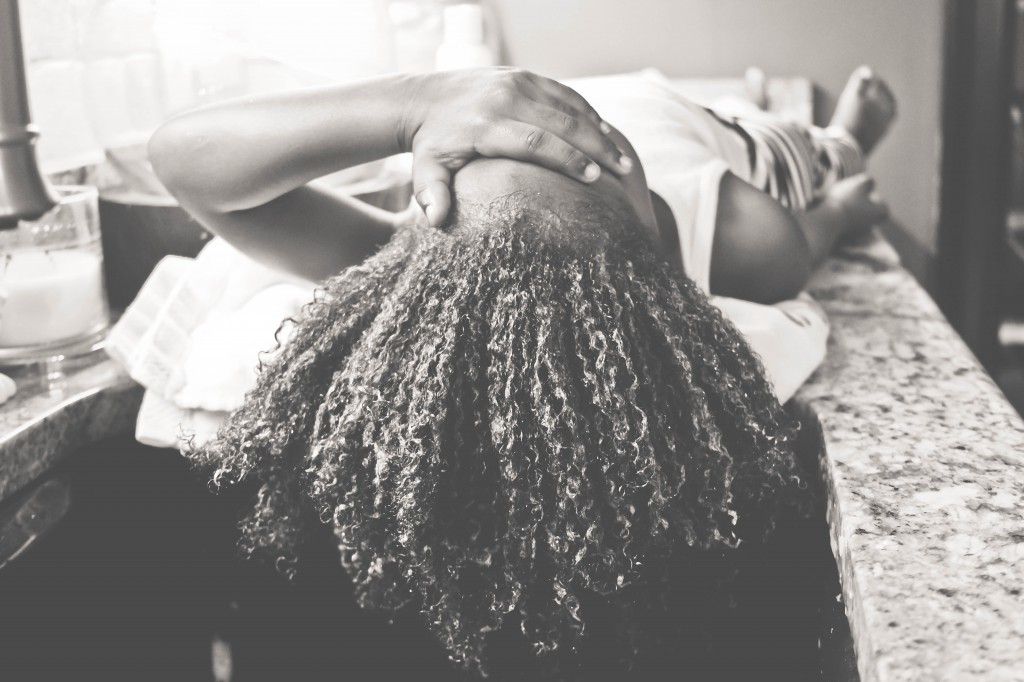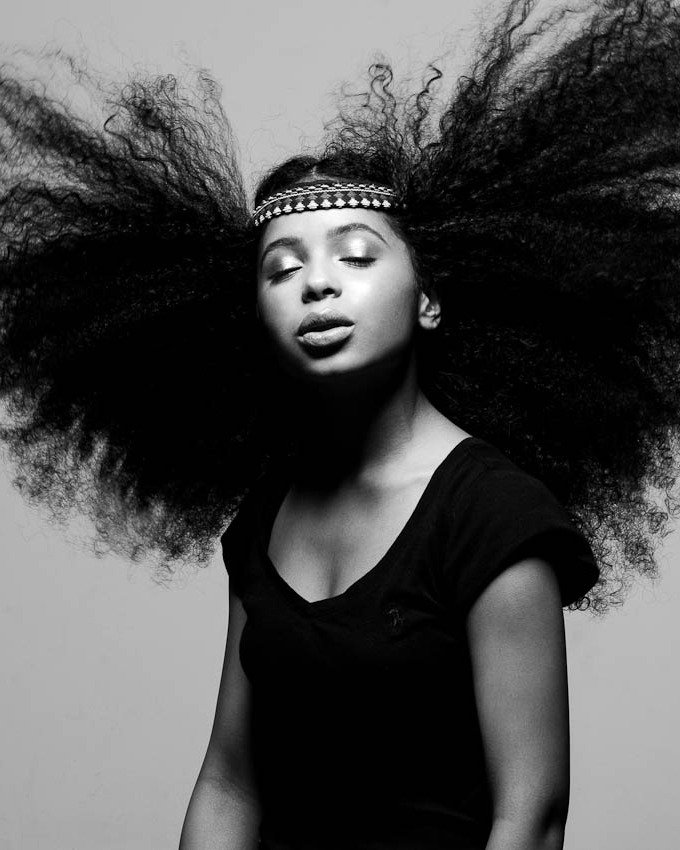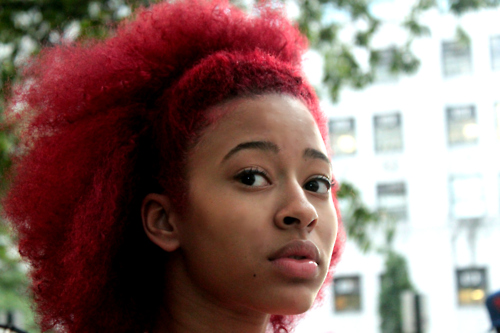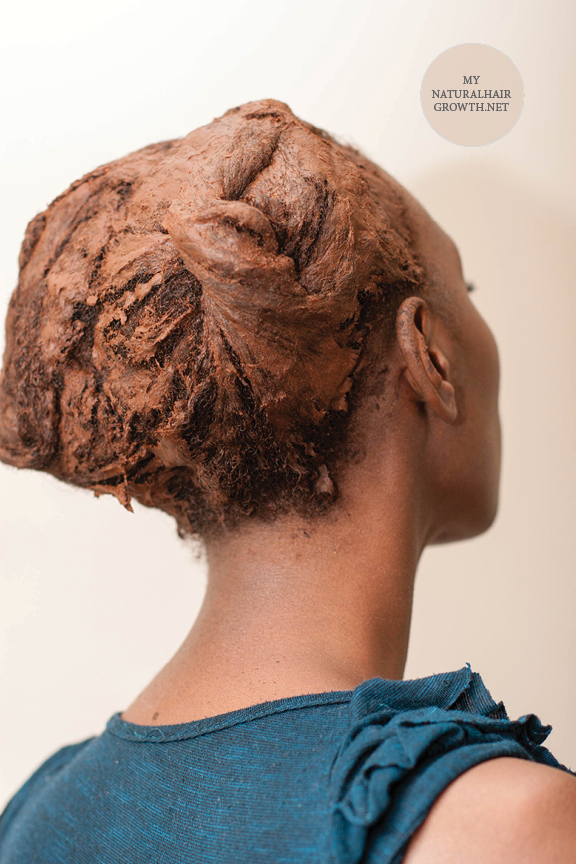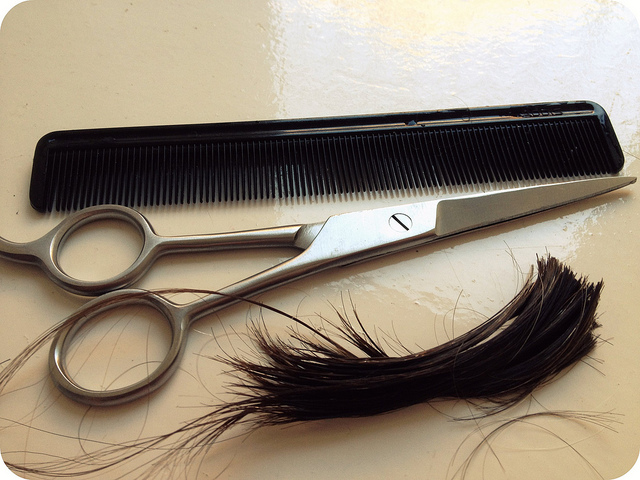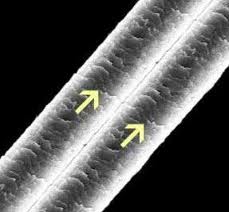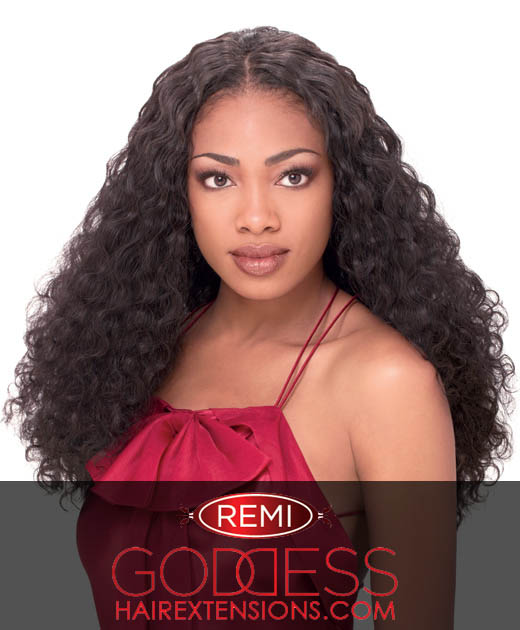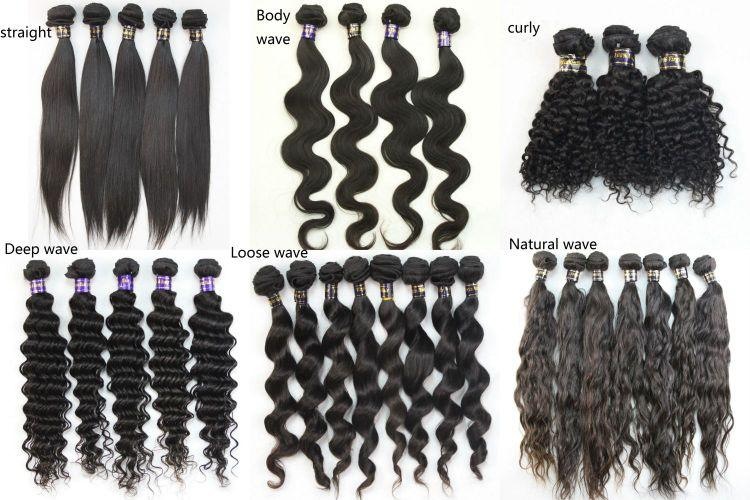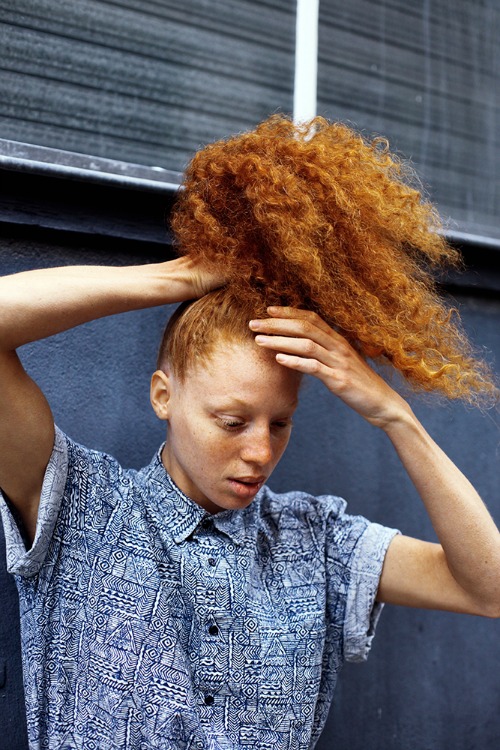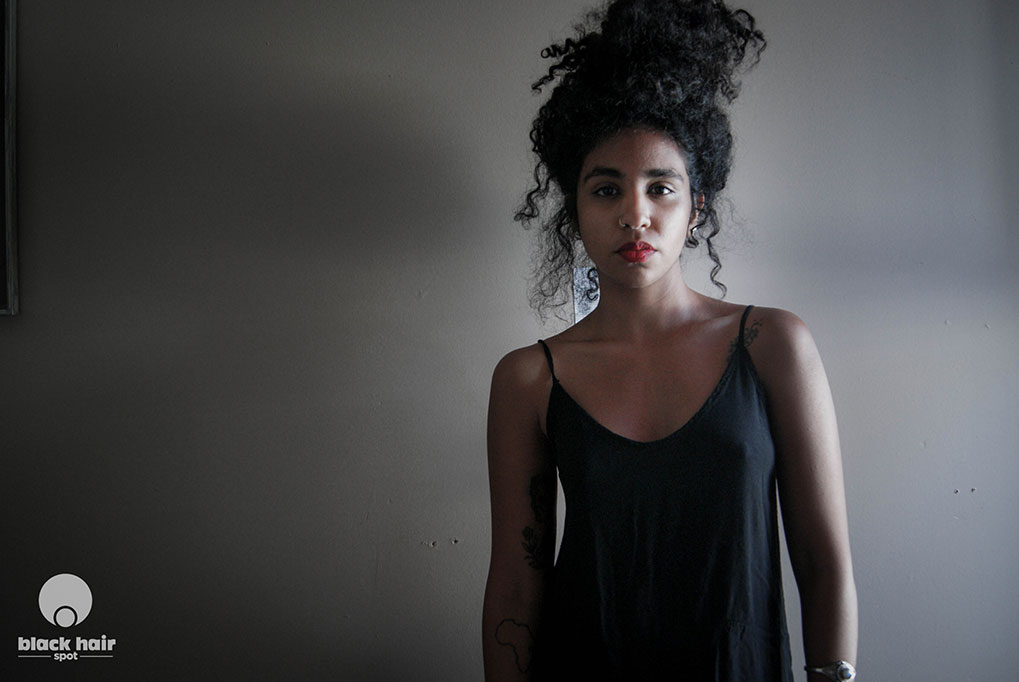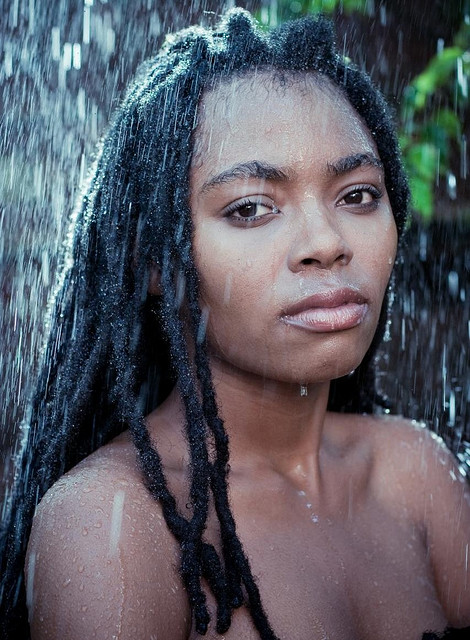The Knot-Proof Way to Detangle Natural Hair and Retain Length
I’m a bit of a hippy. One of the reasons I love natural hair so much is because to me, natural hair feels closer to just being human. I like to embrace my humanness in ways that sometimes make people uncomfortable. My edges are never “laid.” I usually don’t shave my legs or wear make-up because—why deny my beautiful humanness?
For the same reason, I never used to detangle my hair. What’s wrong with a few knots here and there? Well, if you want to retain length there is a whole lot wrong with it. Our hair regularly sheds. If we leave the dead hair in with the living the dead hair tangles around itself and adjacent hairs and causes matting, knots, and breakage.
Proper detangling requires patience. If you get in there with your fingers or a wide-tooth comb and start hacking away you will damage your cuticles and create split ends.
Lets get started!
- When I detangle I start by braiding or twisting my hair into manageable sections. This time I was feeling especially patient and separated my hair into nine sections. Depending on how thick/long your hair is you can separate into more or less sections.

I usually only detangle my hair in the shower during my weekly hair wash. I try not to manipulate my hair when it is dry because I find I lose more hair that way. For this how-to I will skip over the washing process and focus on my detangling method. - Undo your first section. Get it wet with either a spray bottle or in the shower. Put conditioner in your hair from base to tip. I use the Saje organic conditioner—find a store near you here. Cover your strands in conditioner. This nourishes your hair and gives it slip to encourage the loosening of knots.
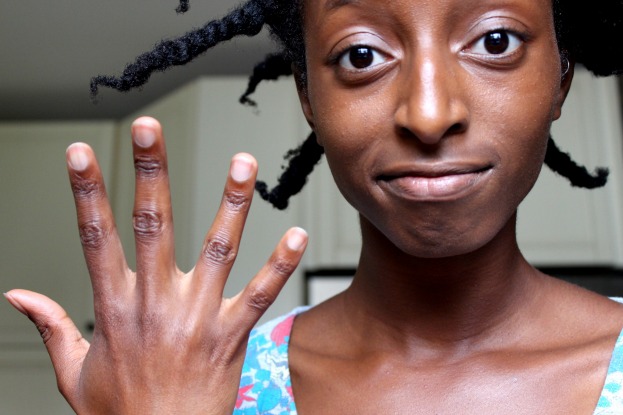
- Use your fingers like a comb to detangle hair from root to tip. Yep, that’s right—All I use to detangle are my fingers. I used to swear by the wide-toothed comb, but my stylist made me promise to never put a comb to my head again.Even wide-tooth combs cause excess breakage for my hair and stunt growth because the wide-tooth comb can’t feel my knots. Only I can. Detangling tools are not connected to a brain and therefore do not know when to let up and try separating in a different way. We have not yet invented a tool that can adjust the amount of pull depending on the strand of hair. But my fingers can, and they work, so I use them.
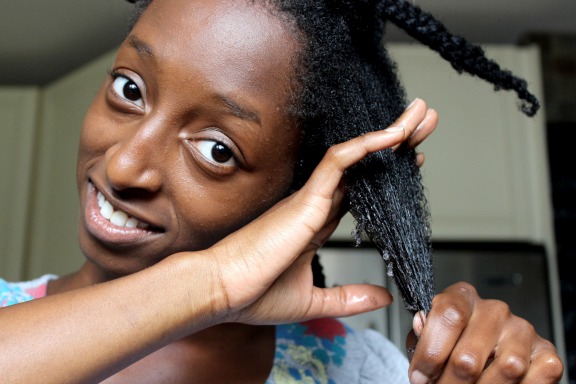 Start separating your hair and GENTLY remove all the knots. Be sure to wash off shed hair from your fingers as you go. This is to ensure you are not putting the shed hair back into your living hair to create tangles and breakage.Continue combing fingers through your hair until there are no knots and your fingers come out clean (without shed hairs) when you run your fingers through your hair.
Start separating your hair and GENTLY remove all the knots. Be sure to wash off shed hair from your fingers as you go. This is to ensure you are not putting the shed hair back into your living hair to create tangles and breakage.Continue combing fingers through your hair until there are no knots and your fingers come out clean (without shed hairs) when you run your fingers through your hair. - To add more slip, I will often spread some of my oil mixture on my hair to make detangling that much easier. In my oil mixture I put
- Almond Oil (Reduces inflammation of hair follicles)
- Olive Oil (For moisture)
- Avocado Oil (Improves blood flow in scalp to promote growth)
- Vitamin E (Antioxidant)
- Jojoba Oil (Coats and protects hair)
- Castor Oil (For nourishment)
- Braid/twist your hair back up so that it cannot knot again.
- Start the process from the beginning with your second section.
- When you have finished detangling and retwisting/rebraiding each of your sections, feel free to wash outI’ve said it once and I will continue to say it: every person’s hair is different. This is my favourite way to detangle my hair. It doesn’t hurt and I find I lose the least hair this way. HOWEVER if this method is not giving you good results and you find that you’re losing even more hair, stop doing it this way and try something else.

